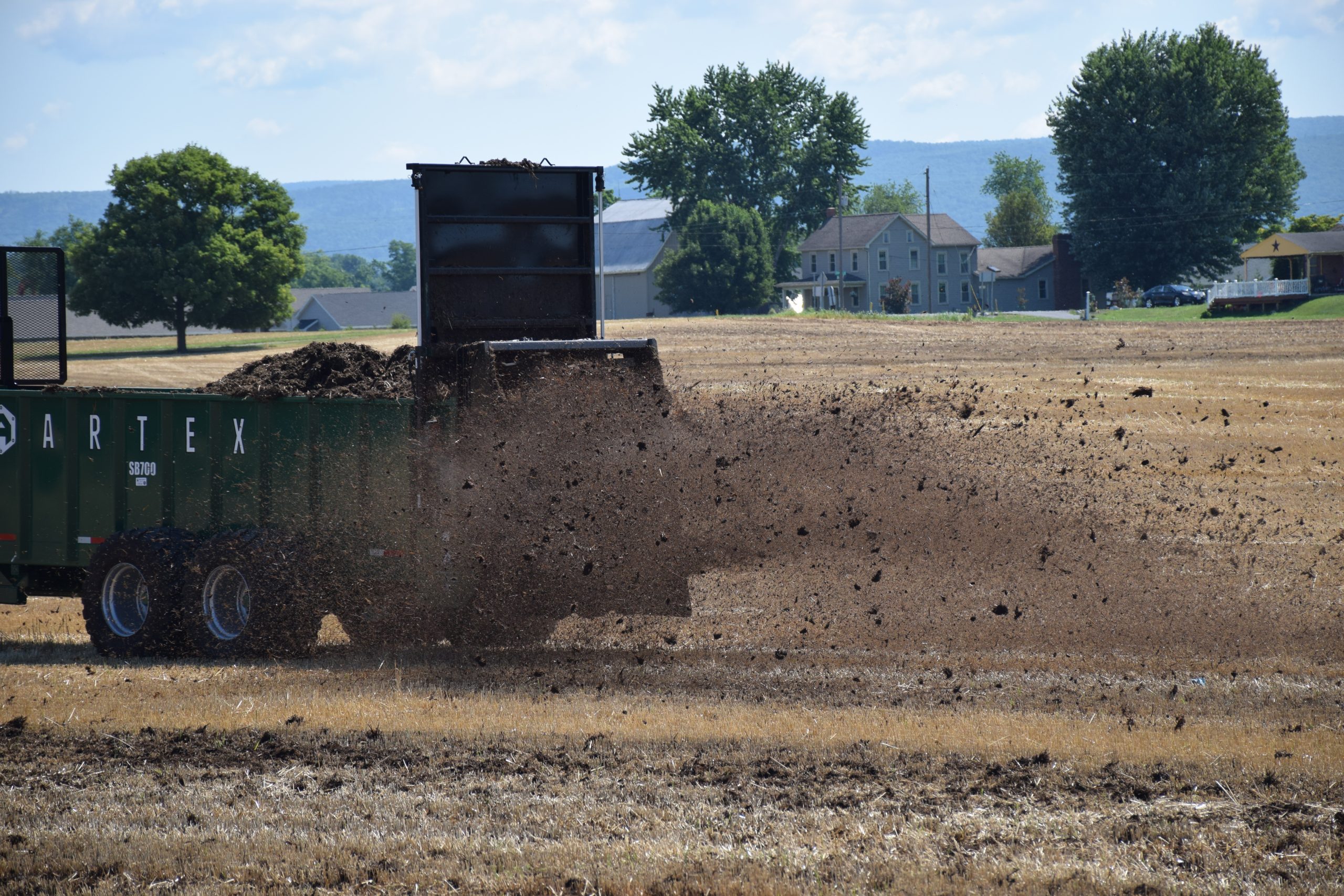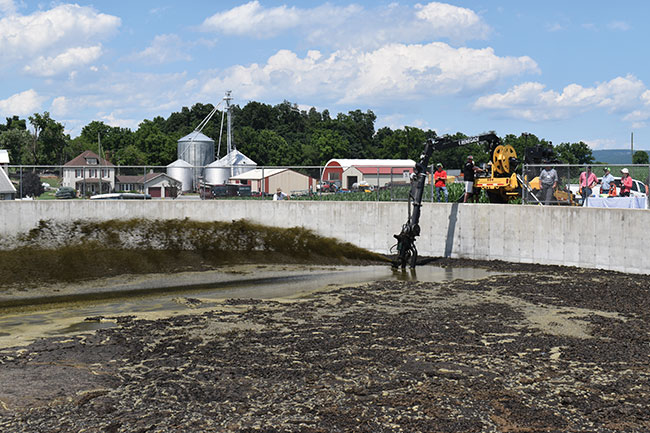| |
| |
 |
 |
| |
 |
|
@{mv_date_MMM d, yyyy}@ |
|
| |
 Barriers and openings are a key part of keeping your manure applicators and handlers safe. These USDA-approved tips will help you maintain safe perimeters.
» Read More...
Barriers and openings are a key part of keeping your manure applicators and handlers safe. These USDA-approved tips will help you maintain safe perimeters.
» Read More...
Don’t take shortcuts, plan ahead and put steps in place to reduce risks and improve safety.
» Read More...
How to manage common gases such as hydrogen sulphide, methane, ammonia and carbon monoxide.
» Read More...
With our focus on hydrogen sulfide, it's best to have an easy-reference list to take into any situation.
» Read More...
|
| |
 |
 |
| |
|
| |
 Fall application is underway – get ready for a long haul. But just because you're busy doesn't mean safety shouldn't still come first. And in an age where farmers are often dealing with absenteeism, staffing challenges and increased mental health concerns, focus must be paramount. Our Fall 2023 Safety Week has focused largely on checklists and technical specs, but Josie Rudolphi and Dan Andersen joined our podcast, The Spread, to discuss other factors that affect farm safety – and when things are busy and you're working with fewer hands, a clear head is the optimal starting point.
» Read More...
Fall application is underway – get ready for a long haul. But just because you're busy doesn't mean safety shouldn't still come first. And in an age where farmers are often dealing with absenteeism, staffing challenges and increased mental health concerns, focus must be paramount. Our Fall 2023 Safety Week has focused largely on checklists and technical specs, but Josie Rudolphi and Dan Andersen joined our podcast, The Spread, to discuss other factors that affect farm safety – and when things are busy and you're working with fewer hands, a clear head is the optimal starting point.
» Read More... |
| |
 The biggest mistake one can make when it comes to manure safety is to assume you know it all, and don't need to take any "extra" steps for protection. One common scenario in which this plays out is the assumption that one is always safer from harmful gases outdoors. While open air environments are significantly less risky than enclosed or confined spaces, major health incidents can occur during outdoor agitation. Kevin Erb and Rebecca Larson discuss why one still must take proper precautions, and what conditions lend themselves to worse outcomes.
» Read More...
The biggest mistake one can make when it comes to manure safety is to assume you know it all, and don't need to take any "extra" steps for protection. One common scenario in which this plays out is the assumption that one is always safer from harmful gases outdoors. While open air environments are significantly less risky than enclosed or confined spaces, major health incidents can occur during outdoor agitation. Kevin Erb and Rebecca Larson discuss why one still must take proper precautions, and what conditions lend themselves to worse outcomes.
» Read More... |
| |
| |
 |
 |
| |
|
| |

|
| |
| |










